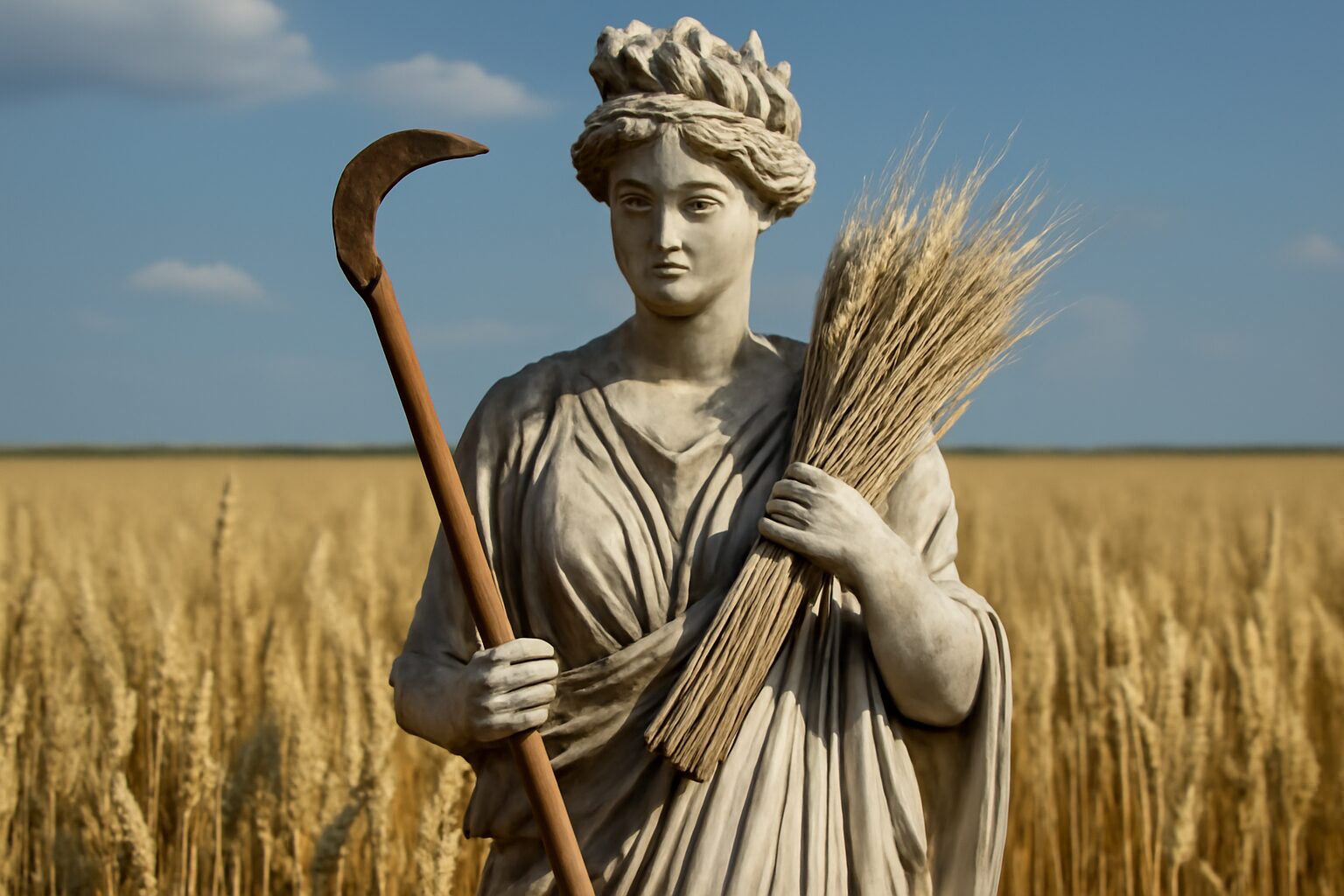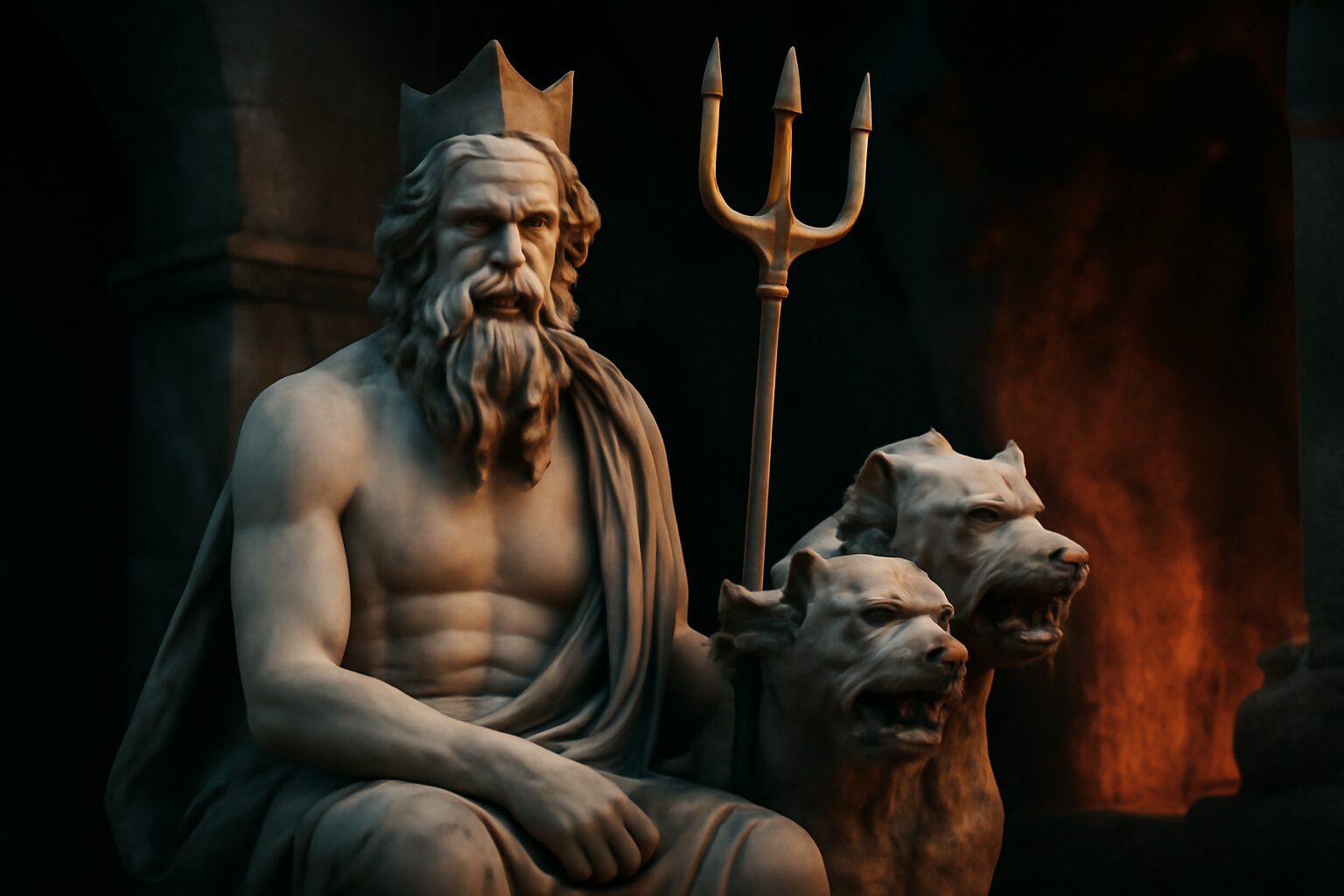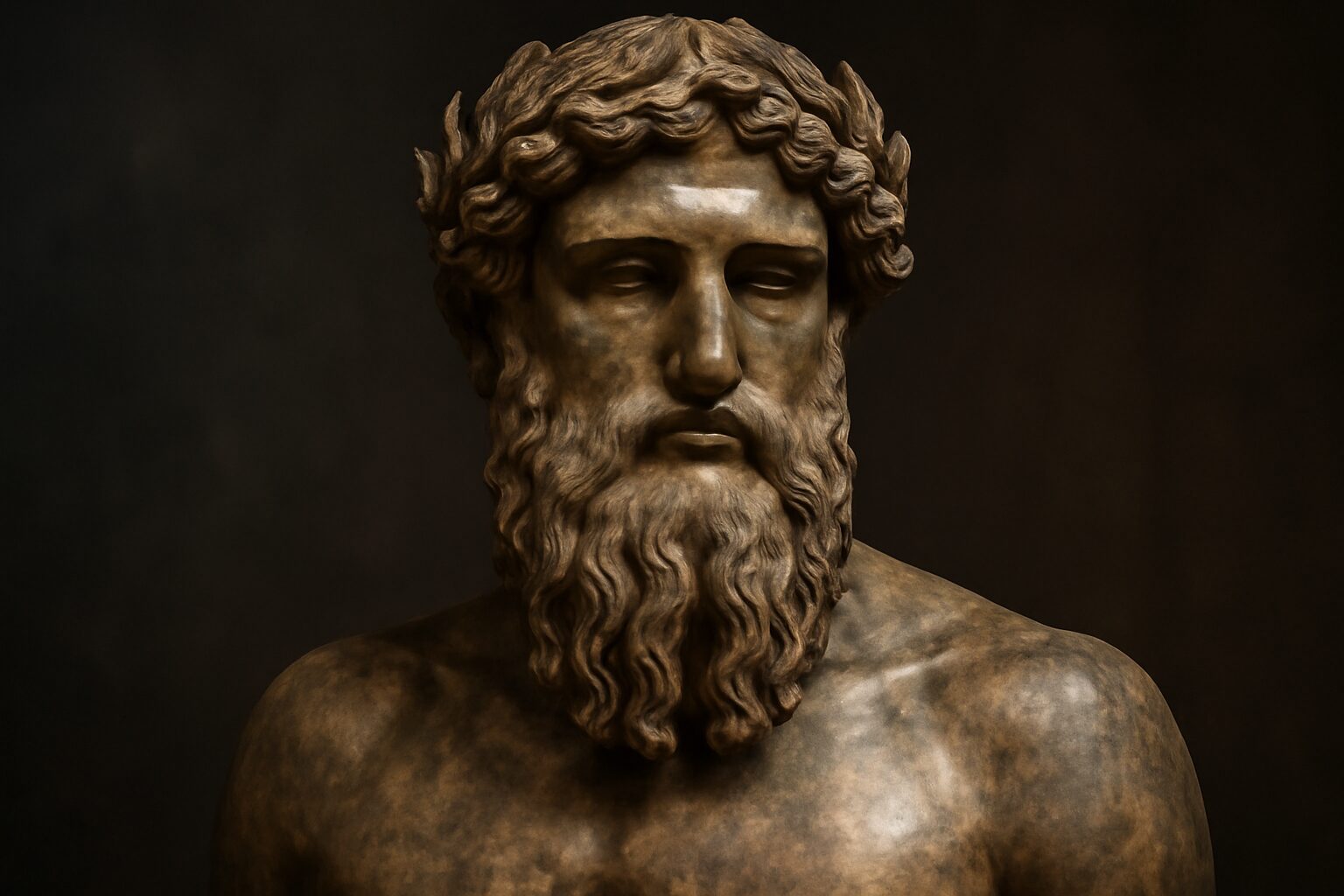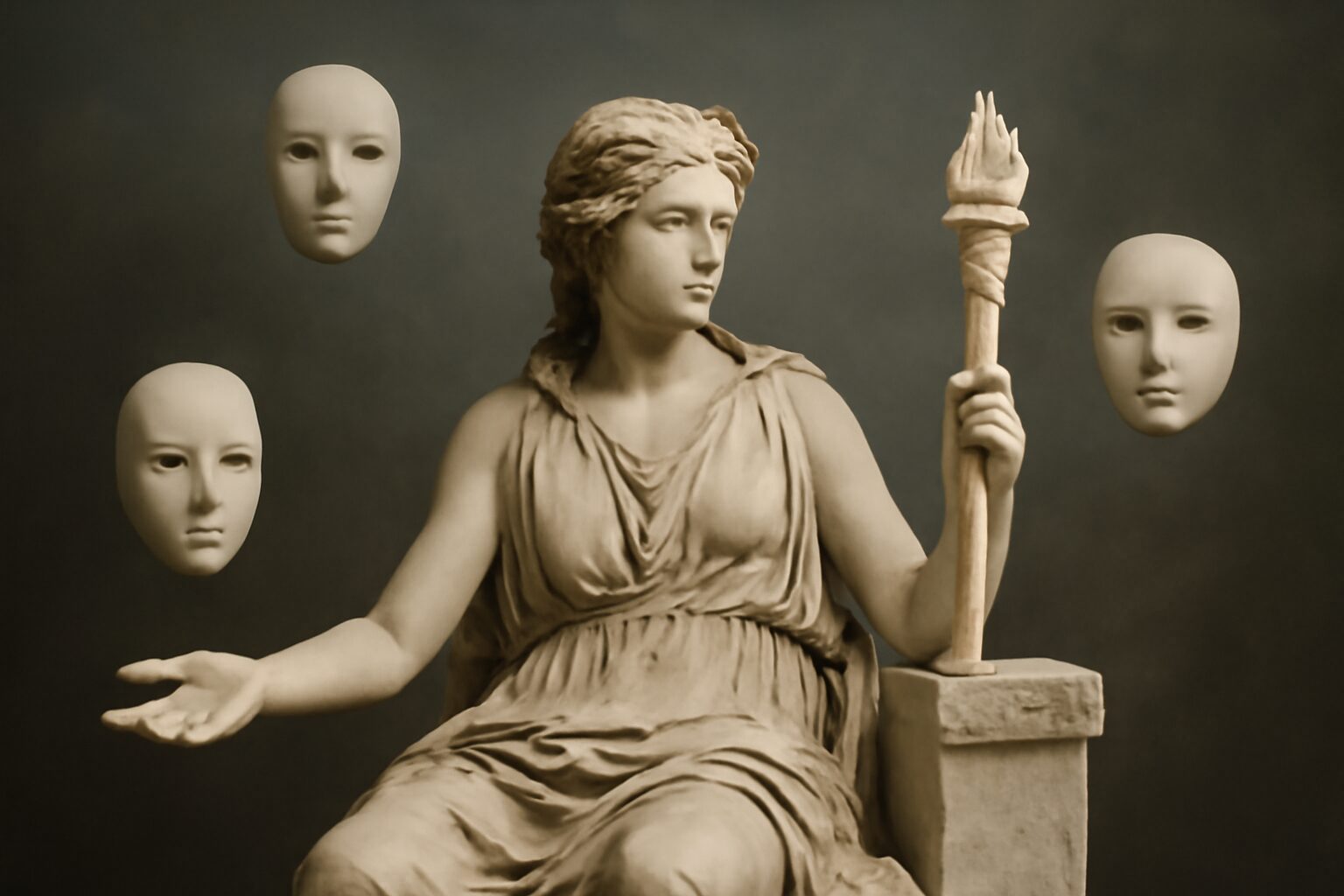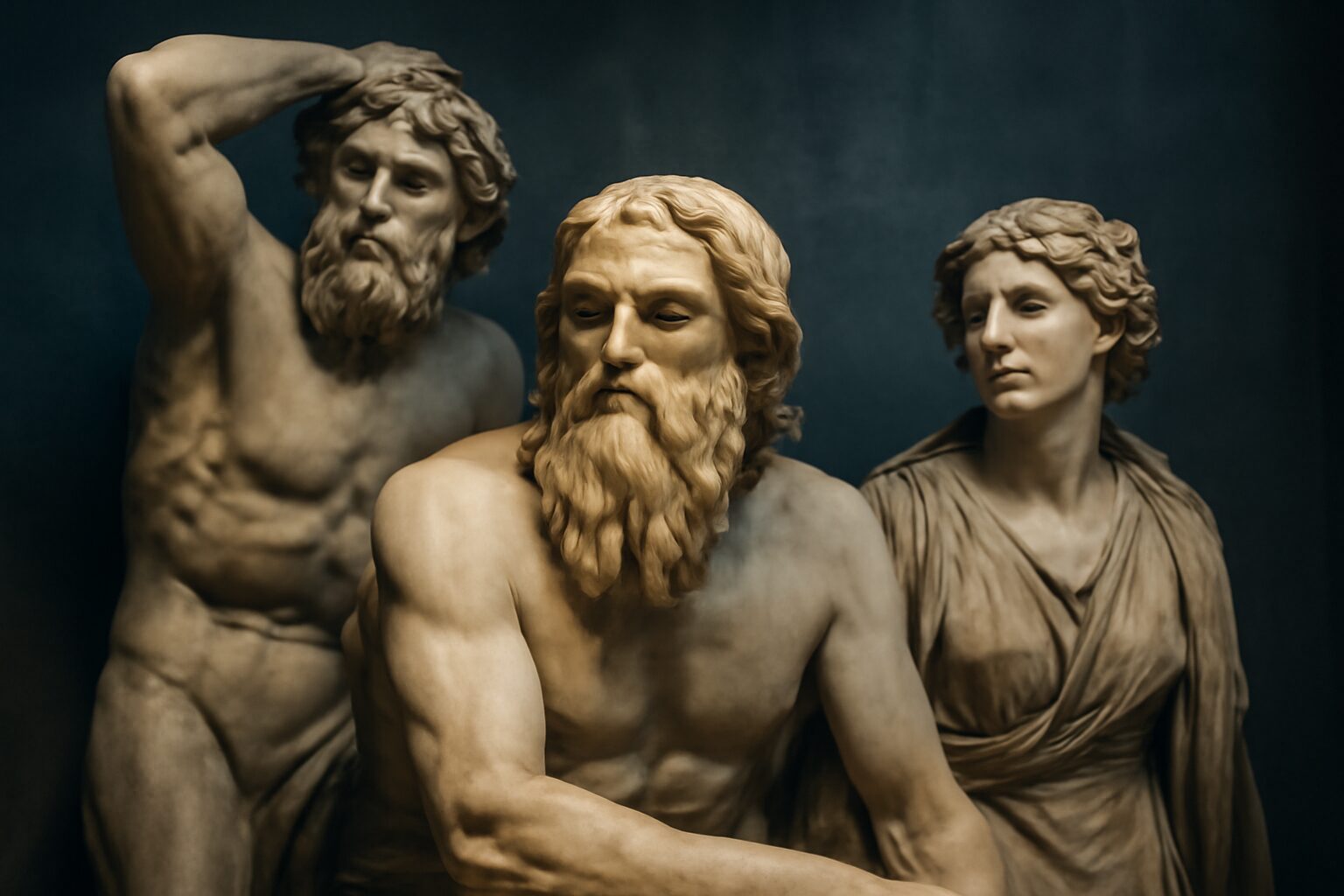Stheno: The Fiercest of the Gorgons
In Greek mythology, Stheno (meaning "forceful" or "mighty") was one of the three infamous Gorgon sisters, alongside Euryale and the most famous, Medusa. Unlike Medusa, who was mortal, Stheno and Euryale were immortal beings, feared for their terrifying appearance and deadly powers.
Appearance and Powers
Stheno, like her sisters, was depicted as a monstrous figure with snakes for hair, bronze claws, and a gaze that could turn living creatures to stone. While Medusa's story often overshadows hers, Stheno was considered the most violent and bloodthirsty of the Gorgons. Ancient sources describe her as unstoppable in her rage, with a shriek so horrifying it could kill mortals on its own. Alongside her petrifying gaze, she possessed immense strength, making her a formidable opponent.
Mythology and Role
Stheno and Euryale were born as monstrous Gorgons, daughters of the sea deities Phorcys and Ceto. They lived in the far western edge of the world, near the land of the dead. When the hero Perseus beheaded Medusa, Stheno and Euryale pursued him relentlessly, but their immortality meant they could never truly be defeated. Their wailing cries became a symbol of eternal grief and vengeance.
Unlike Medusa, who was once a beautiful maiden cursed by Athena, Stheno was monstrous from birth. This distinction highlights her role as a primordial force of terror rather than a tragic figure. She embodied untamed fury, often associated with the destructive power of nature.
Significance in Greek Mythology
Stheno represented the untamable and terrifying aspects of the ancient world. While Medusa's story explored themes of victimhood and transformation, Stheno was pure, unrelenting menace. Her immortality made her a constant, looming threat—a reminder that some horrors could never be fully conquered.
Though less frequently depicted in art than Medusa, Stheno's presence in myth reinforced the idea that the Gorgons were more than just monsters; they were forces of divine retribution. Their legend persisted as a warning against hubris and the dangers of provoking the gods.
Alternative Names for Stheno
God Name: Sthenno (Greek)
An alternative spelling or variant of Stheno, often used interchangeably in Greek mythology to refer to the same Gorgon sister.
God Name: Sthenusa (Roman)
A Romanized version of Stheno's name, occasionally found in later Latin texts adapting Greek myths.
God Name: The Mighty One (Greek)
A descriptive epithet for Stheno, referencing her name's meaning ('strength' or 'force') in Greek mythology.
Tales about Stheno
Stheno and the Healing of Aceso
In the shadowed groves of the underworld, Stheno, eldest of the Gorgons, once encountered Aceso, the goddess of the healing process. Aceso, with her gentle hands and serene presence, was tending to the wounds of fallen heroes who lingered between life and death. Stheno, whose gaze could turn mortals to stone, watched from a distance, her serpentine hair coiling with curiosity.
Moved by Aceso's compassion, Stheno approached, her formidable appearance causing even the bravest souls to shudder. Yet Aceso did not flinch. Instead, she offered Stheno a balm made from moonlight and moly, saying, "Even the fiercest of beings carry wounds unseen." Stheno, who had long borne the isolation of her monstrous form, accepted the gift. As the healing salve touched her skin, a rare moment of peace settled over her, and for the first time, she felt a kinship with a deity not of her kind. From that day, Stheno was known to guard the sacred places where Aceso worked, her fearsome presence ensuring that the healing process remained undisturbed by darker forces.
Stheno and the Wrath of Alecto
Deep within the caverns where the Furies dwelled, Stheno crossed paths with Alecto, the unceasing one, whose rage fueled eternal punishment. Alecto, enraged by a mortal's betrayal of oath, sought to unleash her wrath upon the world, her torch blazing with infernal fire. Stheno, drawn by the chaos, emerged from the depths, her stone-cold gaze meeting Alecto's fiery eyes.
"Your vengeance shakes the very foundations of the earth," Stheno hissed, her voice like grinding stone. "But even fury must have its bounds." Alecto, surprised by the Gorgon's interference, paused. Stheno, who understood the weight of eternal anger, spoke of the balance between justice and destruction. Moved by Stheno's wisdom—or perhaps by the chilling power she wielded—Alecto tempered her rage, focusing her wrath only on the truly guilty. Together, they became an unlikely pair: Stheno's petrifying gaze ensuring that none escaped Alecto's judgment, while Alecto's fire purified what Stheno's stone preserved. Their alliance reminded all that even in darkness, there is order.
Frequently Asked Questions
Who is Stheno in Greek mythology?
Stheno is one of the three Gorgons in Greek mythology, monstrous sisters with snakes for hair and the ability to turn people to stone with their gaze. She is the sister of Medusa and Euryale, and unlike Medusa, Stheno is immortal.
What does the name Stheno mean?
The name 'Stheno' comes from the Greek word 'sthenos,' which means 'strength' or 'force.' This reflects her role as a powerful and fearsome figure in Greek mythology.
Why is Stheno important in Greek mythology?
Stheno is important as one of the Gorgons, representing the dangers and fears of the ancient world. Her myth highlights themes of power, immortality, and the supernatural, often serving as a cautionary tale or a symbol of divine punishment.
How is Stheno different from Medusa?
Stheno is different from Medusa because she is immortal, whereas Medusa was mortal and could be killed (as in the myth of Perseus). Stheno and her sister Euryale are often depicted as more monstrous and less human-like than Medusa.
Are there any modern references to Stheno?
While not as well-known as Medusa, Stheno occasionally appears in modern media, such as books, video games, and TV shows, usually as part of the Gorgon trio. Her character is often used to explore themes of female power and mythology in contemporary storytelling.


